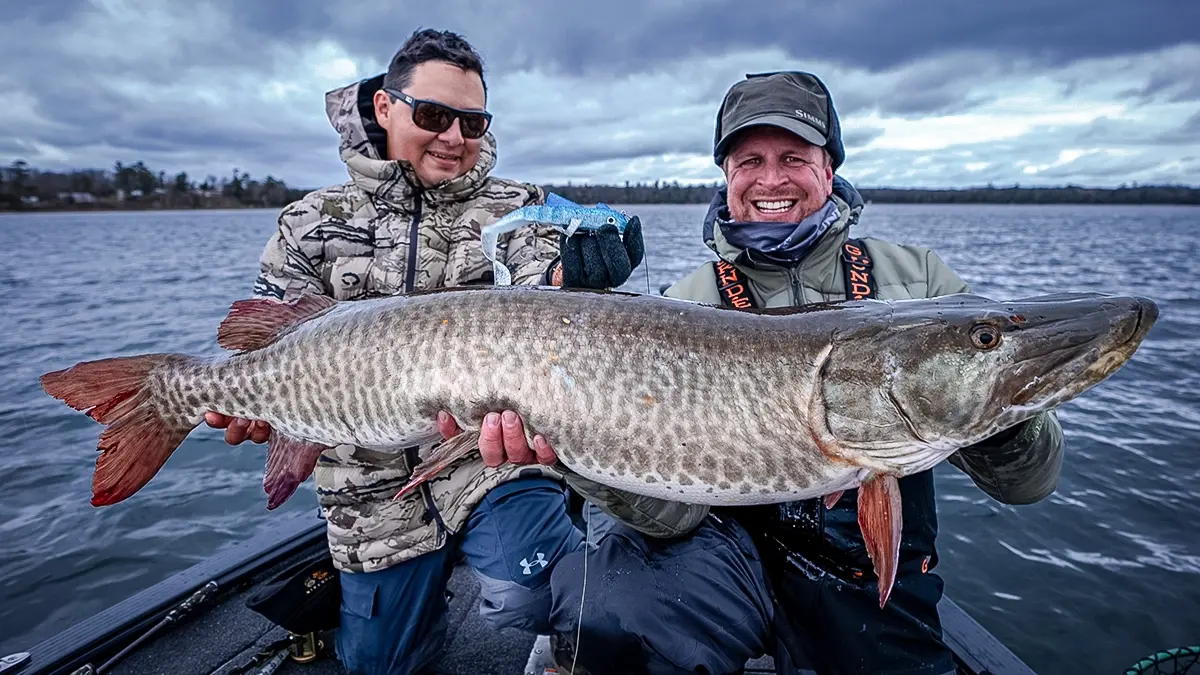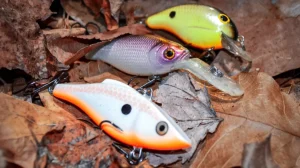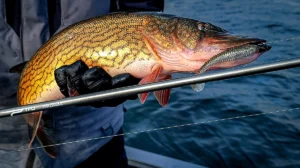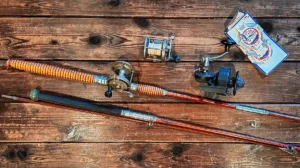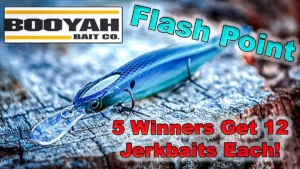Musky, also known as muskellunge (or “muskie”), are among the most sought-after game fish in North America because of their large size and bad attitude. But despite their aggressive nature, it can be tough to convince this mega-predator to eat, earning it the nickname, “the fish of ten thousand casts.” If you want to consistently score with these oversized members of the Esox family, you have to understand their diet — and be armed with the best musky lures.
So, What do Muskies Bite On?
I recently talked about muskies with a fishery biologist, who works for the Minnesota Department of Natural Resources. He’d recently completed a study on their food habits in eight Minnesota lakes. This type of information is important because of the key details it reveals about musky biology. It also informs anglers about these big predators that are native in some lakes and stocked into others.
Moreover, anglers sometimes wonder whether musky predation on other gamefish might impact their fishing success for walleyes, bass, muskies, or other species. Study results also provide clues for musky anglers selecting lures for their next trip. Not to worry; researchers removed prey items by flushing them out of the stomach with a hose, so all fish were safely released, though undoubtedly hungry!
In a nutshell, the results definitively teach us that muskies consume anything that swims, flies, or crawls. They found 29 kinds of prey in musky stomachs, ranging from crayfish and small perch on up to seagulls and adult ducks. One 47.4-inch musky they looked at had recently consumed 101 fish: 2 bullheads, one large white sucker, and 97 yellow perch.
These fish’s diets were amazingly diverse, so it’s no wonder musky anglers need large tackle boxes stacked with lots of options; they’re liable to bite almost anything at one time or another.
Musky anglers know there’s precious little logic in what lure a musky may take a liking to, so it pays to fish a wide selection and measure your results against your buddy’s in the musky club or others in your boat. Over time, preferences change in different bodies of water, from season to season, depending on water conditions, and any combination of those factors.
Best Topwater Musky Lures

There’s nothing more exciting in the realm of North American freshwater fishing than a big musky plastering a topwater bait. I can still see the explosion a 50-incher made off the corner of a dock as it attacked my Pacemaker. After that strike, I about needed one!
The topwater season gets underway once muskies have resumed regular feeding after the spawn. Lingering off shallow flats, they may attack a big or small surface bait at any time of day — or not. But it’s always worth a try, especially in clear waters.
The fall feeding binge is prime topwater time, though: from late September to early November in northern lakes. Key categories include ploppers, walkers, prop baits, and buzzers.
Plopper-Style Baits
Ploppers create a surface ruckus when steadily retrieved or worked with pauses. Most of the most popular ones, such as River2Sea’s Whopper Plopper, Bucher’s Topraider, Smity’s Top Kick, Gooch’s Tally Wacker, and Drifter’s Pacemaker have a tail section with a curved blade that spins as the lure is pulled. They really move a lot of water and can call fish from distance. Hi-Fin’s Twin Teasertail boosts action with two spinning sections.
Prop Baits
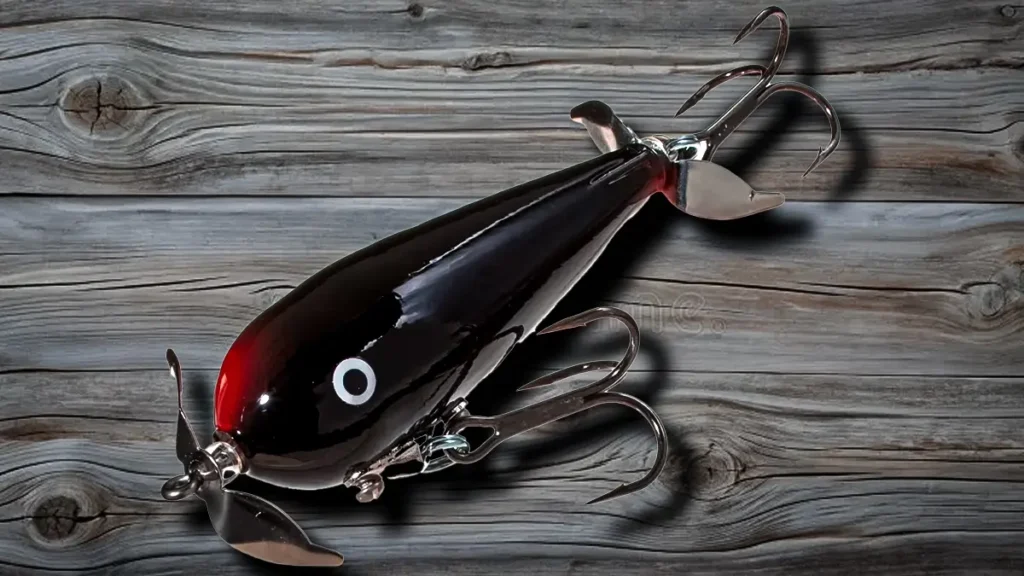
Baits with metal propellers on the front or back provide a surface splash and work great with an erratic retrieve, a more subtle action than ploppers.
The Cisco Kid Topper is an oldie with front and rear props, a modest-size subtle surface bait that’s accounted for countless hawgs. Bitten Bait Tackle’s Buzzer has buzzbait-style blades for greater splashing action, while Moldy’s Hawg Wobbler has a rear prop to give a kick to the rolling action provided by its shallow lip.
One look at these babies in action and you can see why mean-spirited muskies blast them unmercifully!
Heddon’s Zara Spook
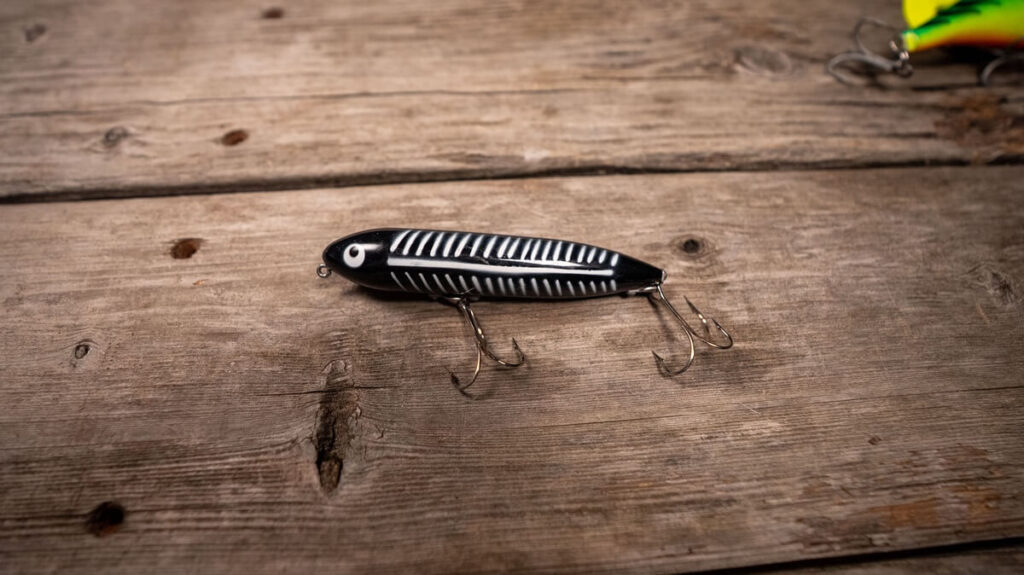
Walking baits imitate the back-and-forth surface cadence made popular by Heddon’s Zara Spook. Musky versions are made of wood or plastic and weigh one to three ounces. Poe’s Giant Jackpot, Hi-Fin’s Hawg Buster, and Bucher’s Dancin’ Raider are old favorites, while Livingston Lures’ Walking Boss and Big Fork’s Top Cat are fine newer walkers.
Buzzbaits
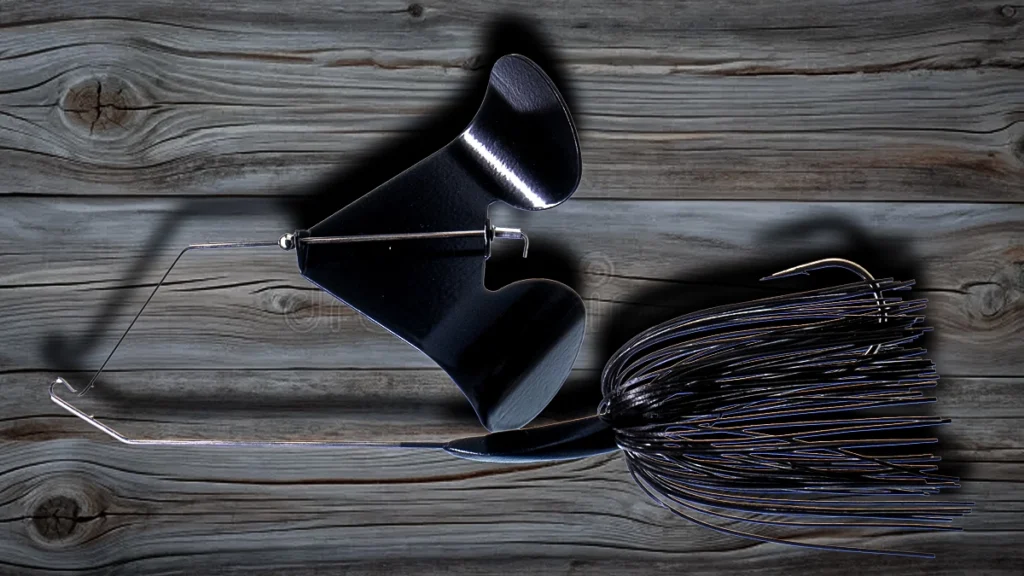
Finally, musky-sized buzzbaits can work, though I’ve found they produce follows and missed strikes more than other categories. But there’s no doubt they fish cleanly through bulrushes and over thinning grass in fall.
They’re also easy to cast and work fine on a Figure-8, either on top or plunged several feet deep. Favorites include the Boogerman Magnum Buzz and Bigtooth Tackle’s Clack, as well as Joe Bucher’s buzzer in his SlopMaster line-up.
Musky Spinners
The magic of a spinning blade has proved attractive to every species of freshwater predator from sunfish to salmon. Arguably more muskies have been caught on this category the any other.
Three basic styles include the classic bucktails, with a single blade spinning on a wire frame with big hook adorned with hair of some sort. Double-blade models have been super-hot for the last two decades since Musky Mayhem’s Double Cowgirl started strutting her stuff about 20 years ago.
Finally, big beefed-up spinnerbaits hold a place as well, especially when fishing around wood or thicker vegetation. Instead of an R-bend, they have closed eyes for strength and security.
Musky Mayhem Double Cowgirl
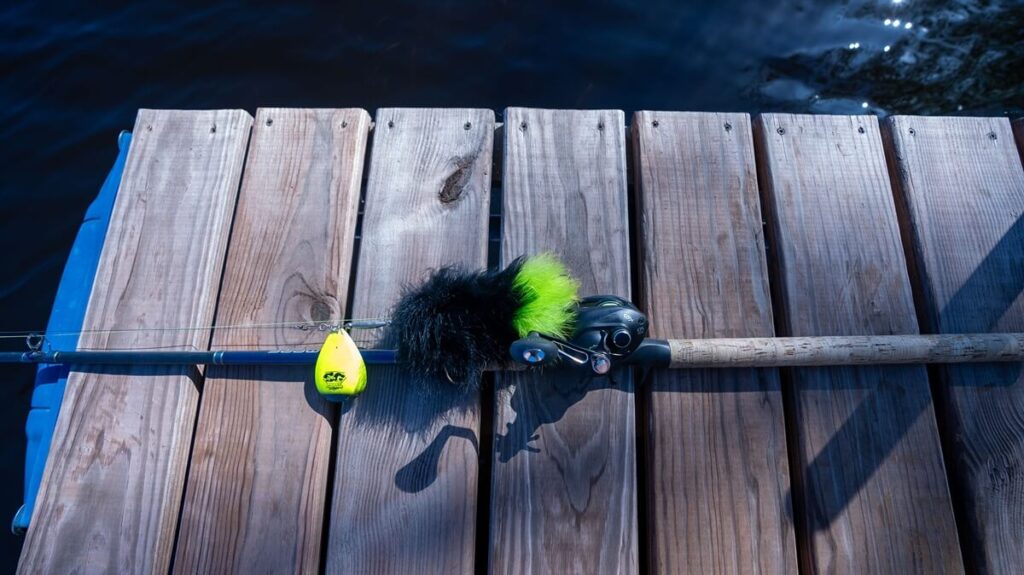
The Cowgirl changed the face of musky fishing as anglers had to beef up their tackle and lengthen rods to deal with this pair of #10 Colorado blades, wire frame and pair of 7/0 trebles. Catch rates soared and more manufacturers tweaked styles, sizes, and skirt materials.
Part for the double-blade magic stems from the vortex or water produced by the pair of blades moving together, which set the skirt pulsating in magical undulations. Muskie Mayhem offers a selection of well-made baits, supplemented with Spanky Baits, Shumway’s Flasher, the Firebomb Bucktail, and more.
Mepps Aglia Giant Killer
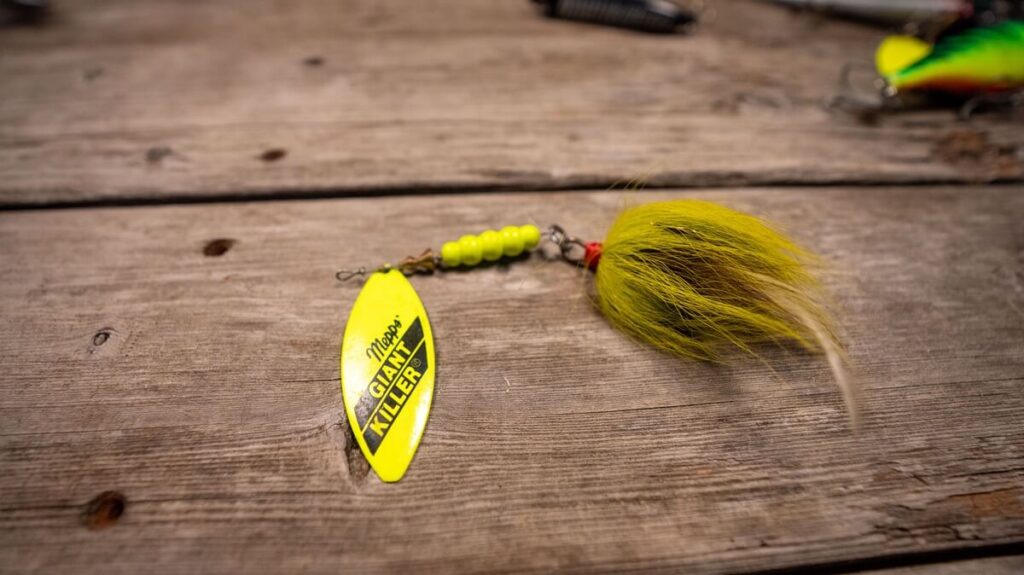
Mepps Aglia Giant Killer is a classic single-blade bucktail still popular today, as is Windel’s Harasser, hand-tied with top-notch hair. There are dozens available from companies large and small. These baits caught muskies everywhere in the old days, though today many anglers view them as finesse lures ideal for springtime or cold-front conditions when fish turn tough. Indeed, their action is subtle but eternally enticing.
Spinnerbaits
Musky spinnerbaits have beefed up wire to last more than a few strikes, and as in the bass world, there are choices of double willows, willow/Colorado combos, and single Indiana or Colorado blades, which provide massive thump for deep running, or can be bulged just beneath the surface to tease awe-inspiring blow-ups.
Good, solid models include Northland’s Reef Runner Magnum, Llungen’s Nutbuster, Grim Reaper’s models, Buchertail SlopMasters, and options from Muskie Safari. One of Bucher’s options has a big single Indiana blade and bucktail skirt, available in two painted finishes as well as hammered silver and gold. This 2-ouncer casts like a bullet and runs true, with a twistertail trailer included.
Musky-Sized Crankbaits
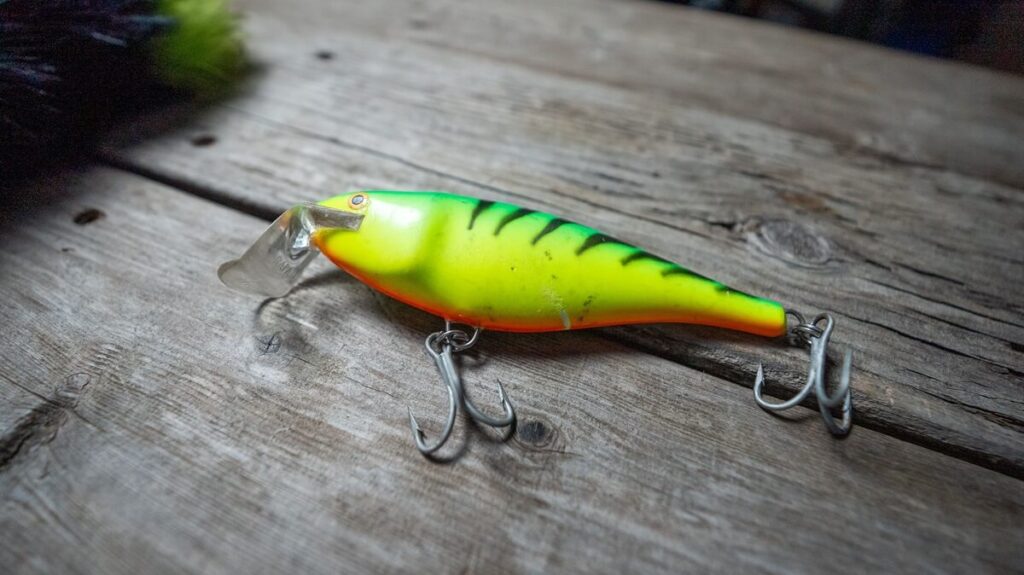
Big-bodied divers aren’t very popular for casting, but they have an important role in troll fisheries, where anglers may deploy planer boards to pull several lures in a spread. For shallow areas, Rapala’s Super Shad is a favorite, as its alluring roll and shad-like shape entice giants.
Joe Bucher Outdoors Shallow Raider
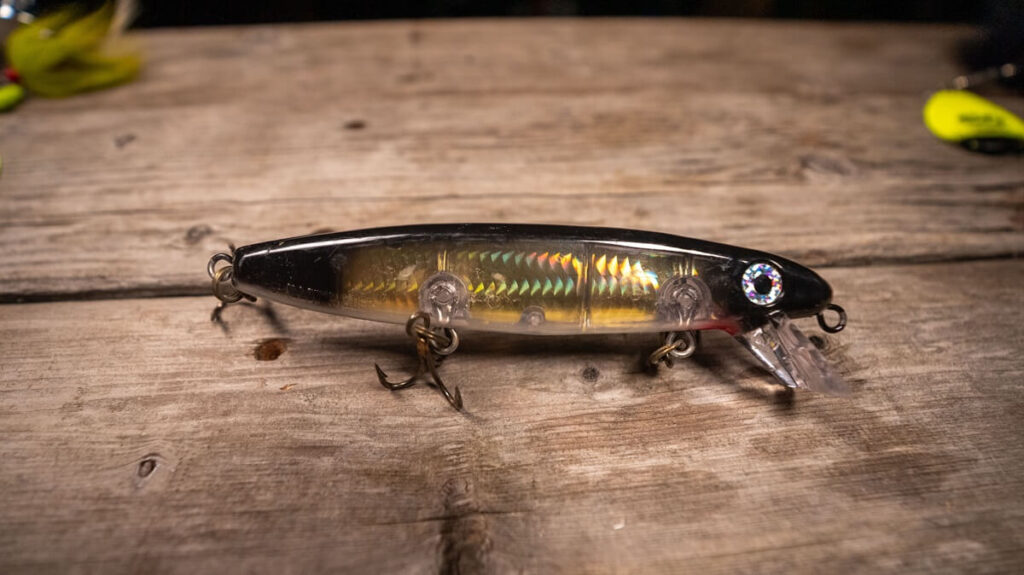
Bucher’s Shallow Raider and various minnowbaits work in the shallow zone. For deeper diving, Crane Baits offers several dredgers, while Slammer’s Deep Diver and Bucher’s Depth Raider work well, too.
Big Jerkbaits for Big Musky
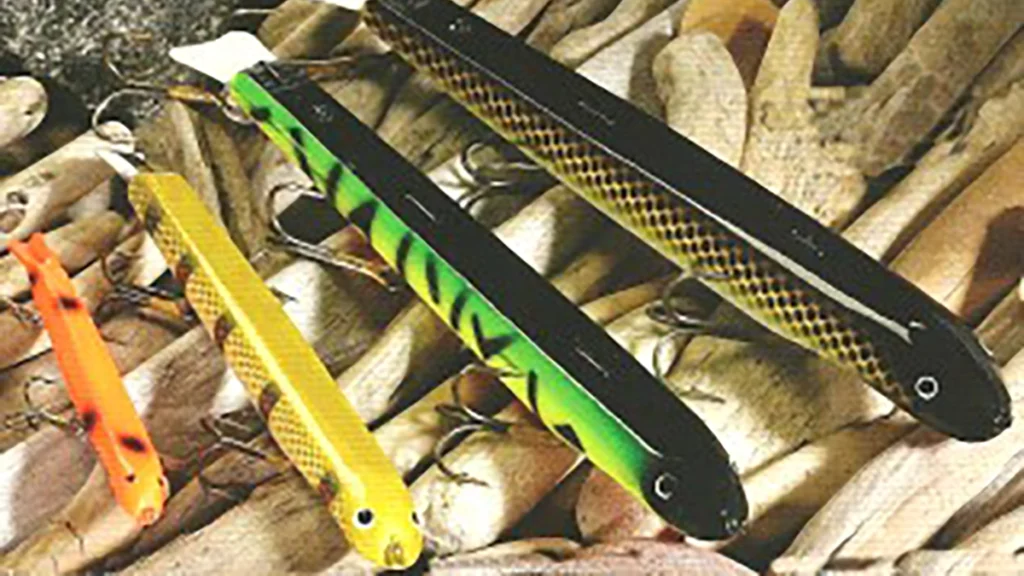
The thought of jerkbaits for muskies leads me right to my tooth-scarred collection of Reef Hawgs, a classic but still deadly option today. Suick’s Thriller is another classic that’s more versatile since you can add weight to the belly for deeper running.
Their erratic side-to-side action gets fish active, whether off a distant point or right by the boat on a Figure-8. Baits called jerkbaits in the bass world are better known as minnowbaits when used for muskies, to distinguish them from the big woodies with carved faces that give them action. Slammer offers many versions of their tough plastic Minnow with Lexan bill, in different lengths, bill styles, and shapes.
Crane’s Crankbait line-up of balsa minnowbaits also contains a good selection. Storm’s Giant Flashstick was a favorite that was discontinued, but I wisely have some squirreled away! These baits work well on shallow postspawn fish with a stop-and-go retrieve or trolled out in open water later in the year.
Big Rubber
Hitting the musky scene 30 years ago, massive plastic baits have shifted the focus of many musky anglers. Some of these bulky baits like the so-called “Pounder” have altered rod choice, boosting length up to 9.5 feet, in ultra-heavy power blanks capable of casting lures over 8 ounces.
Musky Innovations’ Bulldawg was one the first in this category, and the company has offered many variations in recent years. Its solid soft-plastic body is poured around a leadhead that causes it to drop on the pause, then run rather horizontally when retrieved.
Its slightly concave belly gives it subtle rolling action. A pair of 3/0 trebles provide the bite, though a mighty hook-set often is required to move this mass of plastic inside a musky’s mouth as it chomps the chewy morsel. Due to their pulsing action at slow speeds and their versatile depth range, they’ve become the number-one choices for late-fall lunker hunts, as the giants prowl shallow reefs as winter approaches. Savage Gear has a number of rubber musky baits that have been well-received.
Tube Baits as Musky Lures
For finicky fish, or when fishing deep waters, musky-sized tube baits excel. Red October made a name for themselves with an array of big tubes and jigheads to match. They offer models from 7.5 to 10 inches, rigged with wire harnesses to fish shallow, medium, or deep.
Musky Innovations’ Titan Tube is another prerigged 10-incher, while Venom Lures’ Muskie Series Tubes are a snack-size 5 inches. Tubes can be fished like a jerkbait, retrieved like a swimbait, or jigged on bottom.
Soft Plastic Jigging Lures
Another category of softbait is the heavily weighted jigging lure epitomized by guide Jon Bondy’s Bondy Bait. Some of his favorite spots are in the mighty Detroit River that runs fast and deep from Lake St. Clair to Lake Erie.
This place is a challenge to fish with its fast current and waves created by a flotilla of freighters and ocean-size cruisers that ply the river near downtown Detroit. His standard Soft-plastic Body Bait is 7.5 inches long and weighs 7 ounces, with a Colorado spinner on the tail for flash and thump. They’re effective in other deep river systems like the St. Lawrence and Niagara rivers, and work well for big lake trout as well.
Try Them All
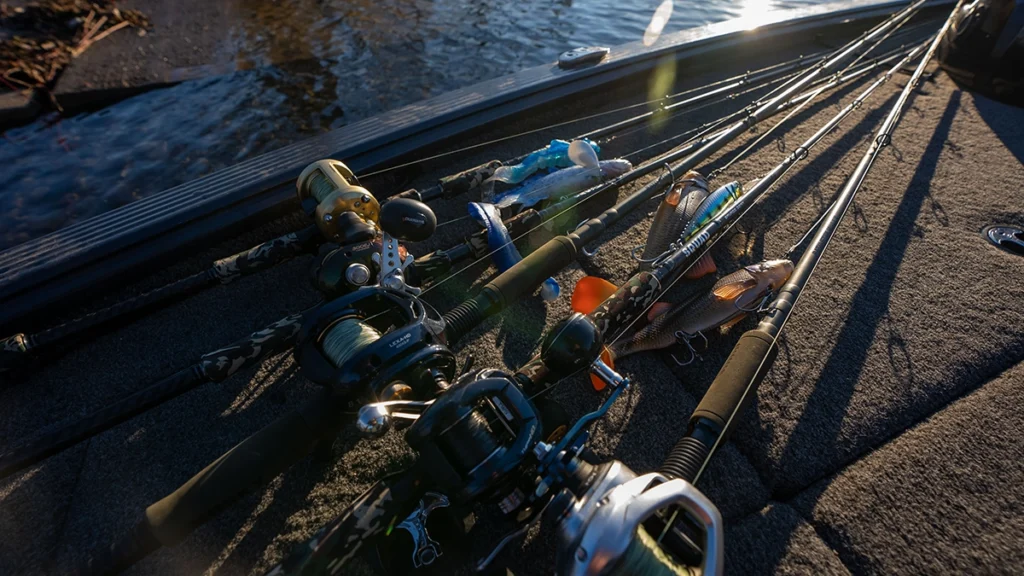
Though these massive predators can be eating machines, they can be very selective. Use this info to help cut the learning curve, and hopefully diminish the number of casts necessary to hook one. You’ll find a favorite or two, and undoubtedly lean on those in many situations. But one thing is certain: No matter what lure you use, explosive hits from a fired-up musky will get your blood going.


